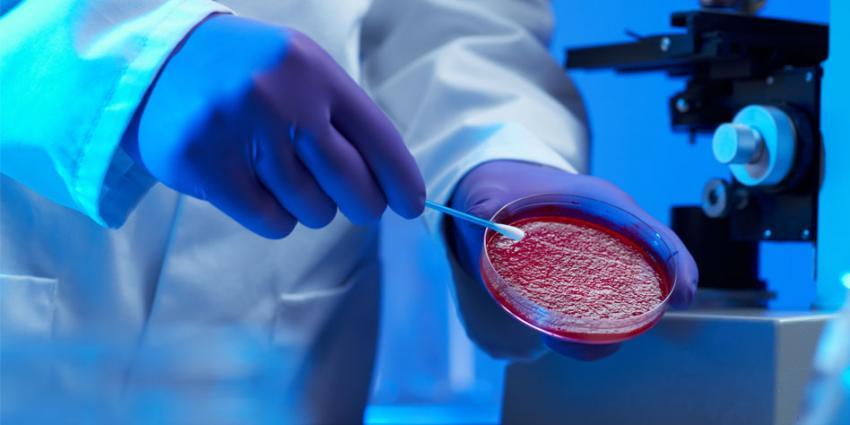A biologic threat is an infectious disease with the potential to spread and cause an outbreak. Biological agents include bacteria, viruses, and toxins that can disable or kill people. The first step to identify biological threats is to detect and identify the bio-organisms causing the disease. A common approach of detecting bio-organisms at low concentrations is to collect and pre-concentrate the sample with a filtration system and to analyze its composition in the laboratory using cell culture and polymerase chain reaction (PCR) techniques. However, this approach is time consuming which can result in lethal lead time in the response to a biological threat. The following technology describes a method in which the collection, concentration, and detection of a biological threat is done in a single platform, therefore, reducing the time of detection and cost.
This technology is a photonic detection system developed by researchers at LLNL for the detection of biological or chemical threats with the intention of combining the collection, concentration and detection process onto a single platform. The present invention consists of a porous membrane containing flow-through photonic silicon crystals (see figure). Photonic crystals constitute an emerging alternative technology, due to their powerful light-confinement abilities which would enable direct refractive index measurements, but also empower technologies based on absorption and Raman spectroscopy. This flow-through photonic silicon crystal leads to an extremely compact and sensitive label-free detection platform that allows ubiquitous and real time response to biological threats. This technology is the first example of compact 3D multiplexed system capable of top-down size filtration (obtained by stacking nanochannel platforms with channel diameters progressively decreasing from bacteria down to viral or even toxin sizes), and in-plane multiplexed detection (where each layer will include various Molecular Recognition Elements to identify bio-organisms in a specific size regime). Additional advantages of the technology include minimal sample preparation, low cost, portable apparatus, and reusability.
- Compact 3D multiplexed system
- Minimal sample preparation
- Low cost
- Portable apparatus
- Reusability
- Bio-organism identification
- Lab-on-a-chip integration
- Detection and classification of non-traditional agents and emerging threat agents
LLNL has obtained a patent (US Patent 8,059,924) covering this technology (LLNL Internal Case # IL-11707)


